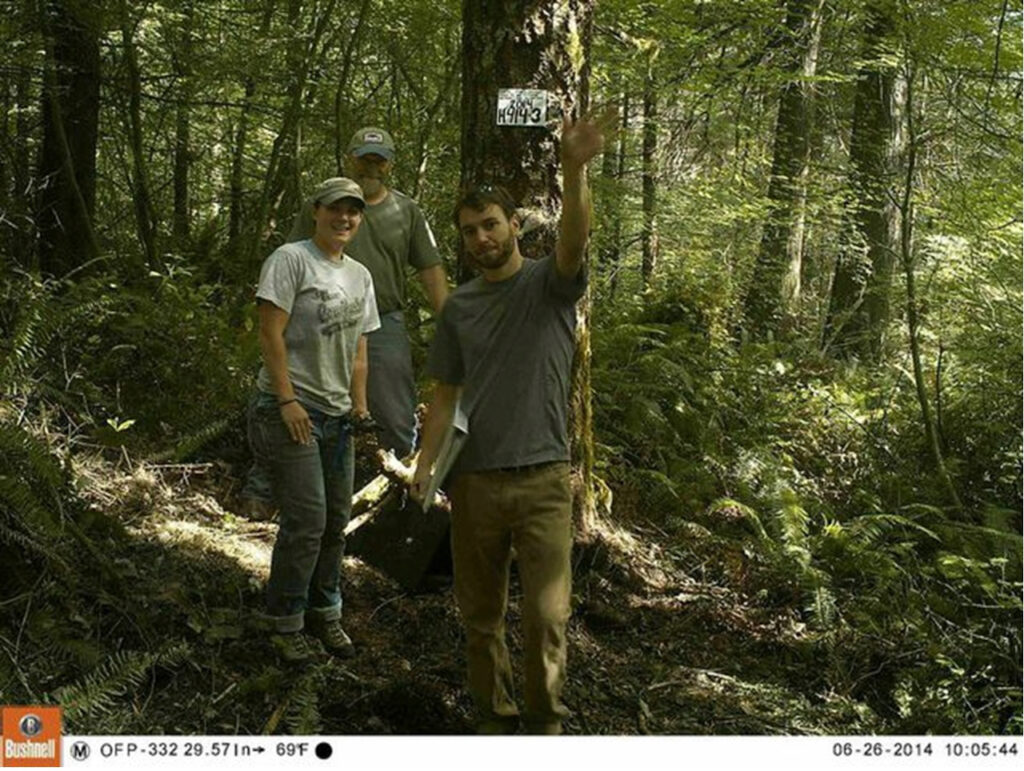By Ken Wilson
It’s September, and there are still mosquitoes. They tend to become inactive below 50º F. So, although we enjoy our mild Septembers, unfortunately, mosquitoes do as well. Fortunately, they don’t fly when there’s a brisk breeze, and Port Townsend is nearly the windiest location in western Washington.


Dragonfly species change with the seasons, each species peaking in numbers at different times from spring through fall. So, keep an eye out for these often brightly iridescent and conspicuous creatures, because, as with birds, the species composition changes with the month.

The same is true with our butterfly species, with their diversity at a peak in spring and summer. There are still some species flying in September, and even a couple that are actively flying as adults through fall and into winter.


As for yellowjackets, I’m not seeing them yet. Each colony starts the year from a single queen that overwinters. And that queen can only raise a very small number of future workers, because there wouldn’t be a colony yet to feed them. The first generation of the newly emerging ones can now go out foraging, which means the queen can now raise more young. When these mature, the queen can lay yet more eggs because there are more yellowjackets to feed the larvae. Positive feedback loop. Exponential growth.













